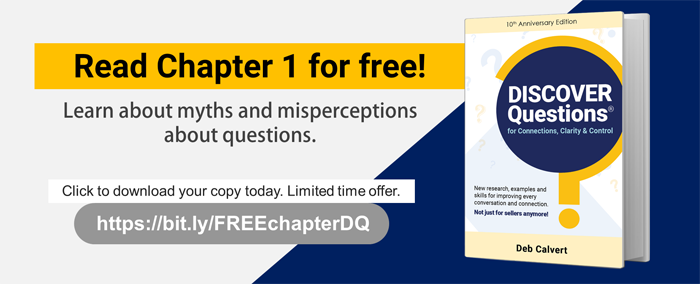How Multi-Tasking Interferes with Good Communication
In a misguided attempt to deal with infobesity, you may also be muti-tasking. Stop!
McKinsey’s research suggests that “multi-tasking is a terrible coping mechanism” for information overload. Attention fragmentation is a close companion to information overload, and multi-tasking further fragments thinking and attention, slowing us down even more and seriously compromising decision quality.
In a 2009 study, participants who completed two tasks in parallel took up to 30 percent longer and made twice as many errors as those who completed the same two tasks in sequence. When we switch tasks, the brain’s shifts take time. This reduces productivity, particularly for heavy multitaskers who take even longer to switch between tasks than occasional multitaskers due to brain fatigue.
The McKinsey report also recounted studies that demonstrated how multitasking makes us anxious, diminishes job satisfaction, and damages personal relationships. It’s also been found to lower IQ scores as much as 15 points and reduce brain density in the anterior cingulate cortex, the region associated with empathy and emotional control.
At the Hallowell Center for Cognitive and Emotional Health, psychiatrists have identified multitasking as the primary cause of Attention Deficit Trait (ADT), which is now at epidemic levels in workplaces. Unlike Attention Deficit Disorder, ADT is environmentally caused and brought on by competing demands for our time and attention. ADT produces anxiety and diminishes the ability to stay organized, complete tasks, set priorities, manage time, and foster connections.
Good communication requires focus and enough brain space to process what’s being said. Connections with others can’t form when focus is fragmented. To break the habits of multitasking:
-
Put your laptop and phone away during meetings. No peeking!
-
In virtual meetings, keep cameras on and close open tabs.
-
Work on one task at a time, in sequence.
-
Use the Pomodoro technique of time batching to dedicate time for replying to emails or for work that requires concentration. No more back-and-forth!
-
Put people first. Give them your full attention and protect your ability to empathize and connect.
At this point, you may be thinking, “Not me! I’m really good at multitasking.” News flash: You’re fooling yourself and doing a disservice to your employer, friends, and family. A miniscule percent of people are “super taskers” who perform better than the majority – but only in some kinds of multitasking. Even this group is negatively affected by their multitasking efforts.
Employers Who Expect Multi-Tasking Are Doing Employees a Disservice
Employers perpetuate the fallacies about multitasking. They overburden employees, set unreasonable deadlines, and fail to clarify prioritization of tasks. They demand “must be able to multitask” in job postings. Then they penalize multitaskers who are exhibiting the proven symptoms of multitasking (reduced productivity, poor decision quality, diminished intelligence, anxiety, low empathy, poor organization).
To course correct, employees need to ask questions that will keep them from becoming victims of multitasking. For starters:
-
Which of these tasks is the top priority?
-
What are the deadlines for each assignment or project?
-
When and how can I isolate myself for work that requires intense focus?
-
During meetings, what are your expectations for my availability to people who are not in the meeting?
-
If I respond to email just three times a day, will there be any repercussions?
These questions will provide clarity, help you break multitasking habits, and keep you in a head space that allows for quality communication and connections.
This is a snippet from the new book, DISCOVER Questions® for Connections, Clarity & Control, available on Amazon.

